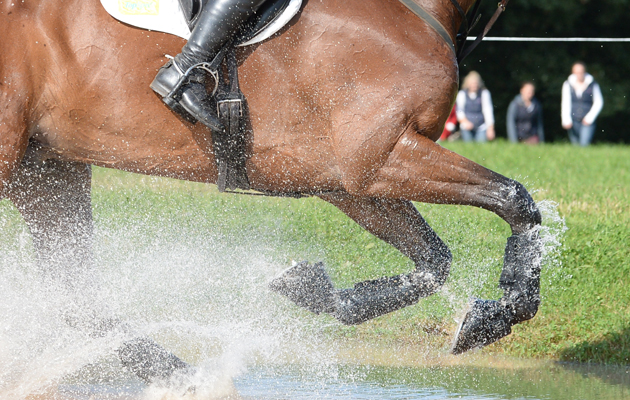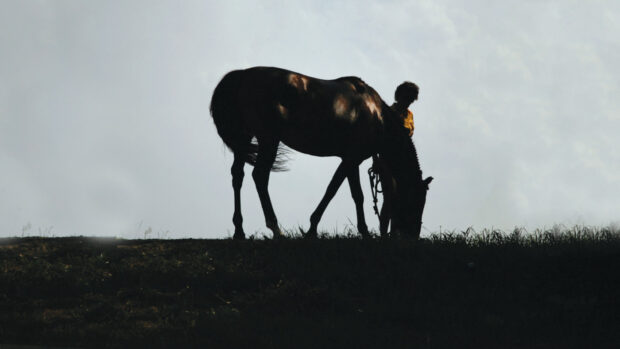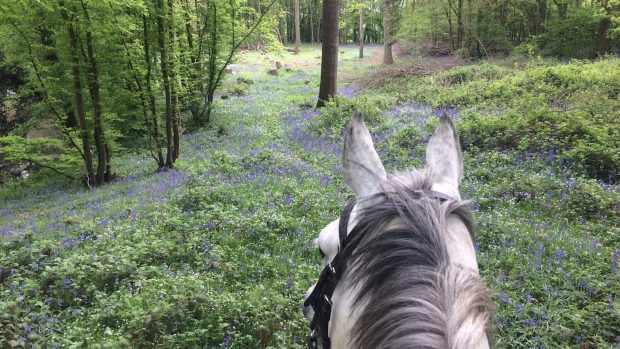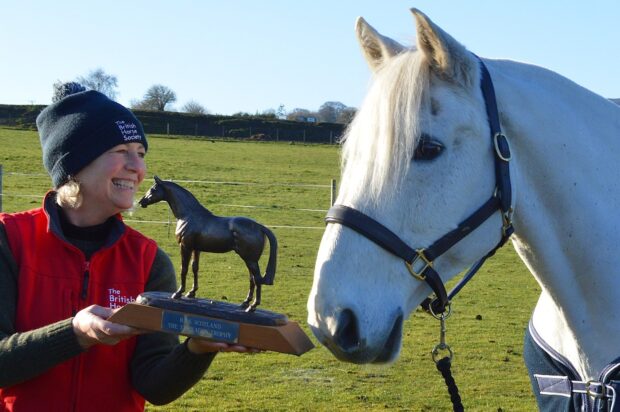Yogi Breisner, former world class performance manager to the British eventing team, shares his expertise on what makes a great trainer and his insight into the profession
1. Lay a foundation
The most important coaches are those that work in our riding schools, riding clubs and Pony Clubs on a very novice level. That is where you will get a lot of young people coming into the sport, and if you coach them in the right way you will lay the foundations for future championship riders.
If those coaches at entry level can create an environment where people are enjoying what they do they will stay in our sport. I strongly believe that if you have someone that enjoys what they are doing they will try harder and learn better.
2. Qualifications are key
The BHS is the forerunner in the world when it comes to coaching certificates. The new equine excellence pathway has taken the whole thing to another level.
It’s important you have the correct certificates, because people like to know you know what you are doing.
I attended a BHS AGM with a man who said that he did not need an instructor with a training qualification to teach his children to ride. I asked him, “If your child needed to go to the dentist, would you take him to anyone or would you make sure it was someone who was qualified?” The man said, “Of course I would take him to someone who was qualified”. I replied, “The difference between a bad dentist and a bad coach is that you only lose your teeth if you go to a bad dentist, but with horses the consequences can be greater.”
Coaches need to be certified in the right sort of way — not just for their knowledge and horsemanship, but to create an enjoyable, interesting and safe environment.
A certificate doesn’t guarantee a good coach nor that someone is coaching safely, there are lots of good coaches who are unqualified, but it does set a standard and particularly when coaches come from a non-competitive background it assists in giving them a foundation. It also helps a competitive rider to learn how to transfer and share their knowledge in a good way.
3. Assess your rider
When I start a session I make an assessment of the horse and rider. I have a mental blueprint in front of me of what I like to see and the correct picture. I look at the horse and rider and think about what I need to do to this picture to move it towards that more correct picture.
4. Mind matters
When it comes to coaching it’s about getting inside an individual’s brain. This new BHS system is introducing more of a psychological side to coaching.
It is understanding how one can shape good habits. If we look after a horse well, his life will be easier and if we ride him in a better way, the horse will have a much better life.
5. Try and try again
When it comes to learning it’s not just about doing something once and then you have picked it up forever — learning and coaching is all about repetition, doing things again and again.
6. Session structure
When you have a session you need to have a plan and then execute that plan. You prepare yourself according to that plan and then you assess what you are doing during the session and afterwards.
As a coach I picture a clock – at 12 o’clock I have my plan, at 3 o’clock I prepare, at six o’clock I execute and at 9 o’clock I analyse.
When I have given an instruction I will let the rider work on that, then I will see what the effect of that has been, so then I can plan my next step to prepare myself for that and that goes through the whole time when I am coaching.
There might be times when I step back and let the rider do more work on their own and other times when I throw out the commands and drill it.
7. Rider personality
Asking questions and getting feedback from the rider to me is all important because coaching is just about communication and if the subject doesn’t understand and they can’t execute what I’ve asked them to do, it’s not their fault, it’s my fault. I’ve not explained it correctly or I’ve been asking for too much. That’s the same thing for the horse as it is for the rider.
Continued below…
Liked this? You may also enjoy reading these articles…

‘Remember you’re dealing with an unpredictable animal’ — how top riders cope when things go wrong

What are Franklin balls – and how can they help riders?
8. Any questions?
At the end of the session I will look at myself and say, how was that? I always finish the session asking the rider if they have anything to ask me too.
This information was part of a demo at the launch of British Horse Society’s (BHS) new “equine excellence pathway” qualification scheme





